Pied Oystercatchers breeding in Broome
10,000 Birds
SEPTEMBER 29, 2013
This year we have continued to monitor the breeding of several pairs of Pied Oystercatchers along the coast in Broome from Gantheaume Point to Willie Creek on the south side. We have never had a pair succeed in raising all of their chicks and even to succeed in raising one takes a lot of effort because they are so dependent on their parents.






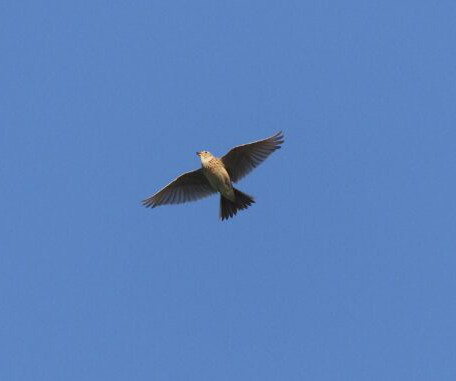

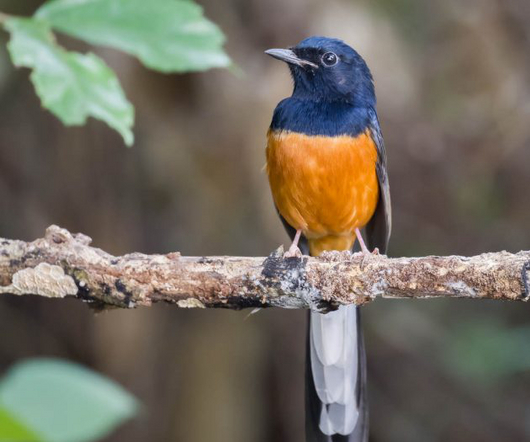


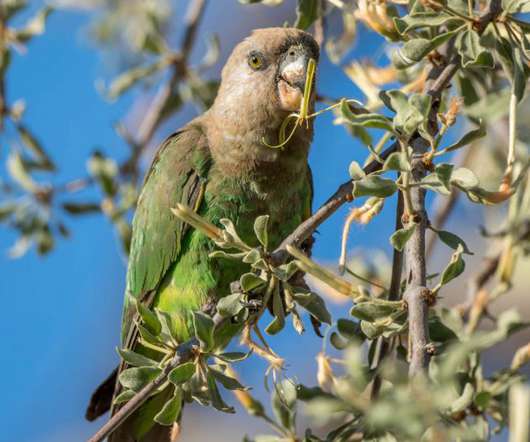

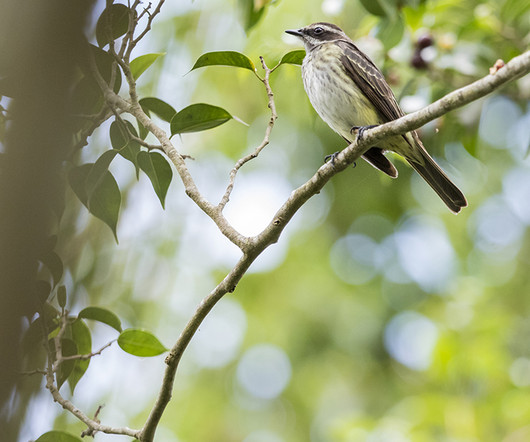
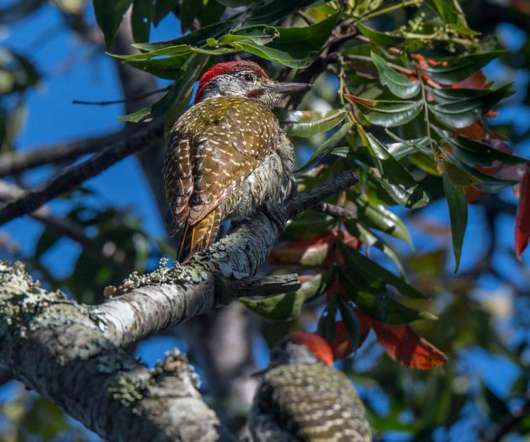

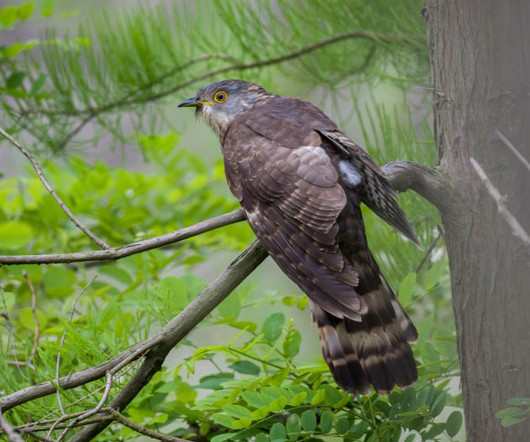

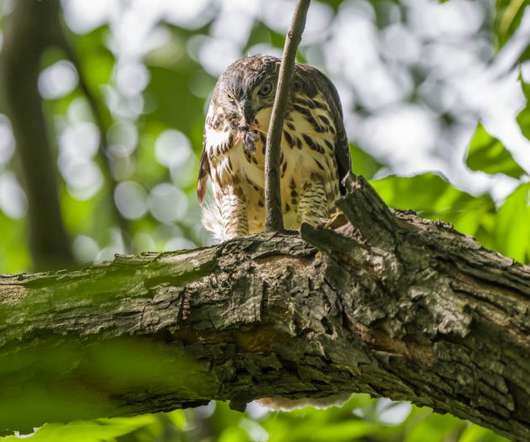
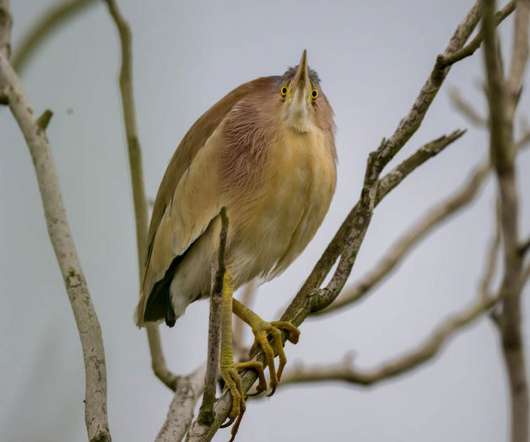






Let's personalize your content